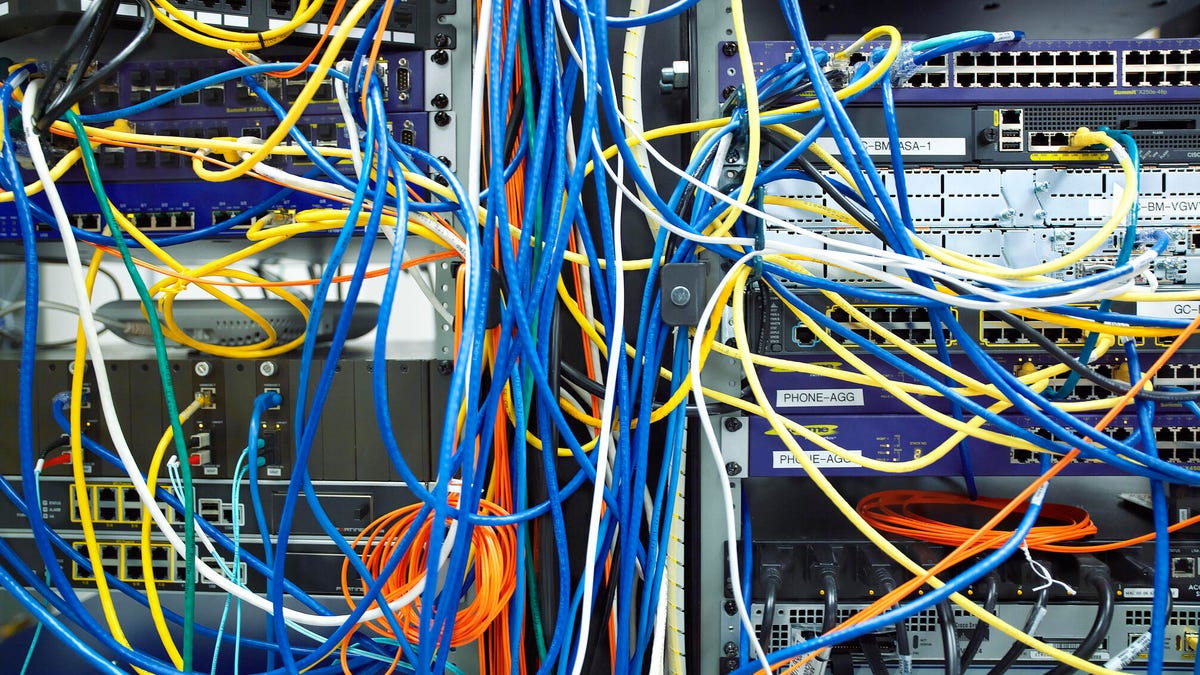Shopping for internet can be a daunting task, with confusing pricing and hidden fees making it hard to know what you’re actually getting for your money each month. But taking the time to research and compare options upfront is important, as once you’re committed to a provider, it can be difficult to switch.
As someone who has covered the broadband industry for five years, I’ve learned a few tricks to help make the process easier. Start by checking the Federal Communications Commission’s website to find all the providers in your area and their connection types and speeds. Understanding the different types of internet connections, such as fiber, cable, and fixed wireless, can help you make an informed decision.
Fiber is considered the gold standard for internet due to its reliability and speed, while cable is the most widely available option. Fixed wireless, which has improved with the rollout of 5G networks, is another option to consider. DSL and satellite, on the other hand, are generally slower and less reliable choices.
When comparing plans, be sure to check both upload and download speeds, as well as any potential price increases after promotional periods. It’s also important to enter your address on each provider’s website to get accurate pricing and availability information.
By taking the time to research and compare internet providers, you can ensure you’re getting the best service for your needs.

